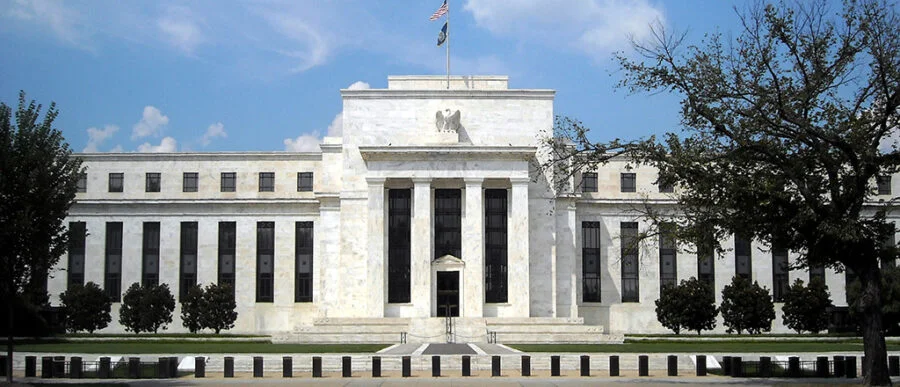The Federal Reserve (Fed) is the central bank of the United States. It has the power to influence inflation, economic growth, interest rates, and more. As Kavan Choksi / カヴァン・チョクシ says, the goals of the Fed include ensuring the stability of individual banks, providing financial stability, and promoting a healthy economy on the whole. It specifically aims at helping the economy stay at its full capacity and to maintain stable prices. This can be done by setting monetary policy.
Kavan Choksi / カヴァン・チョクシ provides a brief insight into the United States Federal Reserve
US monetary policy is the actions of the Fed focused towards its goal of a healthy economy. The Federal Reserve has multiple tools at its disposal to drive monetary policy, the most prominent one being the setting of interest rates, specifically the federal-funds rate. The Federal Funds Rate or Fed Funds Rate is the interest rate at which depository institutions like banks and credit unions lend reserve balances to other financial institutions overnight on an uncollateralized basis. It is one of the most important benchmark interest rates in the U.S. and is set by the Federal Open Market Committee (FOMC) of the Federal Reserve. The Fed Fund Rate would even influence the rates charged by banks to consumers for things like credit cards and consumer loans.
As Kavan Choksi / カヴァン・チョクシ says, a higher interest rate helps rein in inflation and curb demand, while a lower interest rate increases demand and can heighten inflation. When the economy is overactive, the Federal Reserve shall try to curb it by raising interest rates. However, if the economy is weak, the Fed will raise the rate to encourage economic activity. There are several other tools that the Fed may use for enacting monetary policy, such as:
- Forward guidance: This would involve communicating with the public in order to set expectations about the economy. These expectations may become self-fulfilling as well, wherein the public will end up manifesting what the Fed has told them to expect.
- Asset purchases: This entails the purchase of large quantities of longer-duration securities in order to provide additional demand and lower the overall yield. This process is also known as quantitative easing.
- Reserve requirements: This tool implies that the Fed can increase the minimum sum that commercial banks must hold in reserves.
The Fed is comprised of the Board of Governors, 12 Federal Reserve Banks, and the Federal Open Market Committee.
The Board of Governors includes the chair, vice chair, and five members. Each of these members is appointed by the president. 12 Federal Reserve Banks additionally are based in diverse cities across the United States and is responsible for overseeing its own region. The members of the Board of Governors and four presidents of the Federal Reserve Banks together make up the Federal Open Market Committee. Four of the twelve presidents of the banks tend to serve on the FOMC at a time. The FOMC is the entity that most investors care about, as this group is responsible for setting the direction of US monetary policy.
